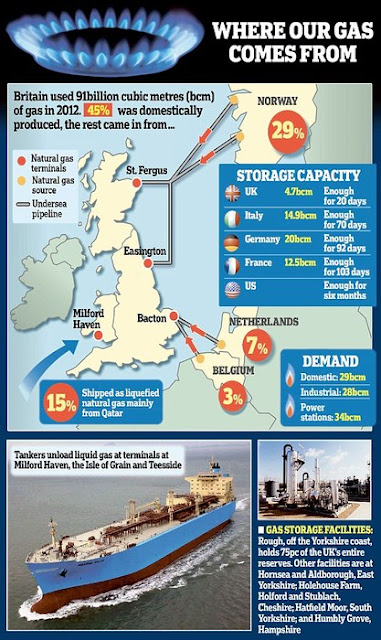Cloud accounting has revolutionised the financial sector,
with some major players breaking through and creating real world solutions that
just plain work for simplifying the accounting process.
Where most fall short is with expense reporting, because
it’s like all the major platforms need integrated with add-ons/additional apps
to complete the package.
Part of managing your business requires you or your finance
department to stay on top of all the expenses. That’s a tedious and time
consuming chore in itself.
Until you start with
Expensify!
In our opinion, Expensify is revolutionising how expense
reports are automated, created, shared and submitted.
What it does:
·
Smart scan – Is great for
filing away receipts
·
Auto bank and credit card
imports – This goes further to match the tags on your digital receipts to the
corresponding bank or credit card transactions. If there’s no match from your
bank or credit card data when you import it over, it’ll be created as a cash
expense.
·
Distance Tracking – This lets
you/your staff insert mileage either as a total distance, or you can set it a
policy level to cover the maximum allowance employees can claim as an expense,
or use the standard mileage allowance. The choice is yours when you set it up.
Other options for tracking mileage is to use the GPS
setting, which will also record the data of where you or your staff travelled
to and from to warrant the expense, or users can input the odometer data to
file mileage expenses.
All of that done via a mobile app!
Faster reimbursements to employees
If there’s one thing going to get on your staff’s nerves,
it’s waiting too long to get paid back what they are owed. What Expensify have
done is included an option to automatically reimburse staff based on amounts
predetermined by you.
What you can do with this is set a maximum limit that you’re
happy to automatically reimburse, provided that your policy has been met, which
you can set to include a receipt, ensuring that the expense report submitted to
you has the necessary attachments for you to attach to your own reports and
reclaim the expenses through your business accounts.
The Real Benefits of Expensify is Simplifying the Workflow for Finance
Departments
With any number of employees submitting receipts for
expenses, it creates a monster workload to review expense reports and then
account for them by filing in the appropriate categories. Then depending on your
company policy, you may have chain of command where the reports need approved
and then sent up the chain of command for final approval and payment processing
to reimburse the expenses to employees.
The Expensify app has a user friendly interface so anyone
within your company will be able to use it. Only those authorised can manage
the workflow though.
You can use this to create policies at management level,
which will then instruct users what they need to do before they are able to
file their expense reports; no more back and forth with incomplete reports. If
it’s not got the data you need, it can’t be submitted for approval.
You can require your staff to tag expenses to an appropriate
category, such as travel, meals, accommodation, mileage or entertainment. For
each expense filed, you’d be best to set the policy to only allow reports to be
submitted with a receipt attached.
Employees will be able to submit their reports with the
population of a few fields and attaching the receipt and then just clicking
submit. When the report is submitted, it sends an email to whoever is set up to
manage the expenses letting them know there’s a new expense report awaiting
their review.
Depending on how your policies are set up, the person reviewing
the expense report submission can approve and reimburse or they can forward it
further up the chain of command for someone senior to authorise or deny it.
The workflow can be as simple as authorising one person to
sign off on legitimate expenses, or it could be used at enterprise level,
passing expense reports from department to department until it receives the
final seal of approval.
Payments can be reimbursed automatically and you can set
filters to only pay amounts under the value you specify, ensuring that by
enabling auto reimbursement that you aren’t going to run into cash flow
problems.
Expensify uses the slogan, “expense reports that doesn’t
suck” and it’s actually true of the product they have. What can suck about
getting your staff more motivated by giving them what their owed faster and
thereby never leaving them out of pocket for longer than necessary?
Besides, your finance people need this because it’s
automation of a tedious task and will work to increase productivity and boost
staff motivation.
When there’s something you can automate, that’s what to do.
Now you can automate your expense report creation, submissions and automate the
reimbursements of legitimate business expenses to your employees, whilst
simultaneously ensuring that you have all the required information for your own
accounting records.
We think it’s neat!




